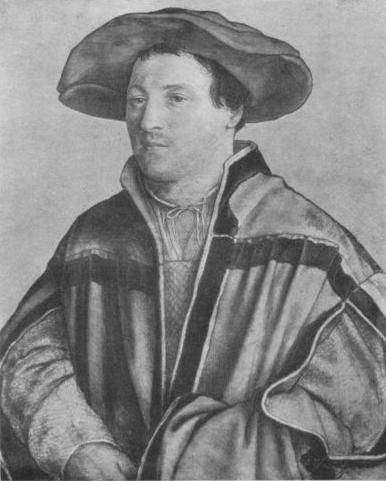(Augsburg, 1497 - London, 1543)
The German artist Hans Holbein the Younger (der Jüngere) was one of the portrait masters during the Renaissance and an important designer of xylographies, glaziers and jewellery pieces.
He was born in Augsburg. His father was Hans Holbein the Elder, who was a well-known artist of the Flemish painting and who realized excellent outstanding portraits. So, since he was a child, he studied painting together with his father and his older brother Ambrosius. First of all, he worked in his father’s studio and later, in the studio of Sigmund Holbein, who was his uncle.
In 1515, Holbein the Younger and his brother moved to Basel (Switzerland) to work in the studio of the painter Hans Herbst. There he illustrated books, realized xylographies for the covers of several works and made a series of pen drawings for The Praise of Folly by Erasmus of Rotterdam.
In 1518, while he was in Italy he discovered the works by the Italian Renaissance painters Andrea Mantegna and Leonardo Da Vinci. The impact that those and other artists had over his work can be seen in the Renaissance composition of one of his first portraits Erasmus of Rotterdam (1523, Louvre Museum), in his famous Body of the Dead Christ in the Tomb, in The Passion (both of them in the Kunstmuseum in Basel) and in the altarpiece Madonna for the mayor Meyer (Palace of the Great Duke of Darmstadt, Germany). All of them were realized between 1519 and 1526.
The agility and fluency of his drawing and the chromatic richness are typical from his artworks, as it was characteristic in the works by the masters from the North of Italy during that period. Holbein mixed in his religious works the richness of the details and the colours with the dignity and the strictness for the proper description of the religious subjects.


